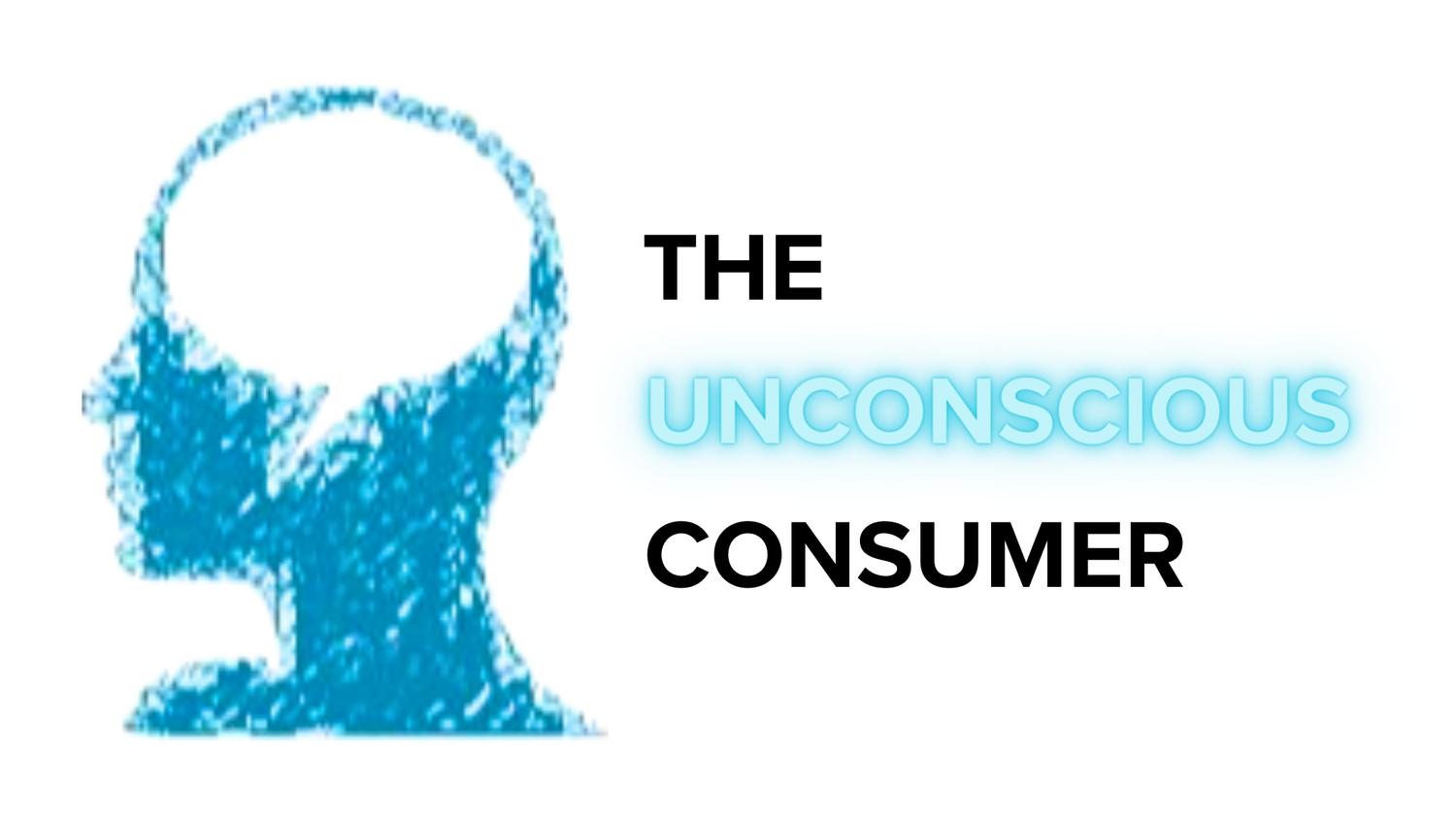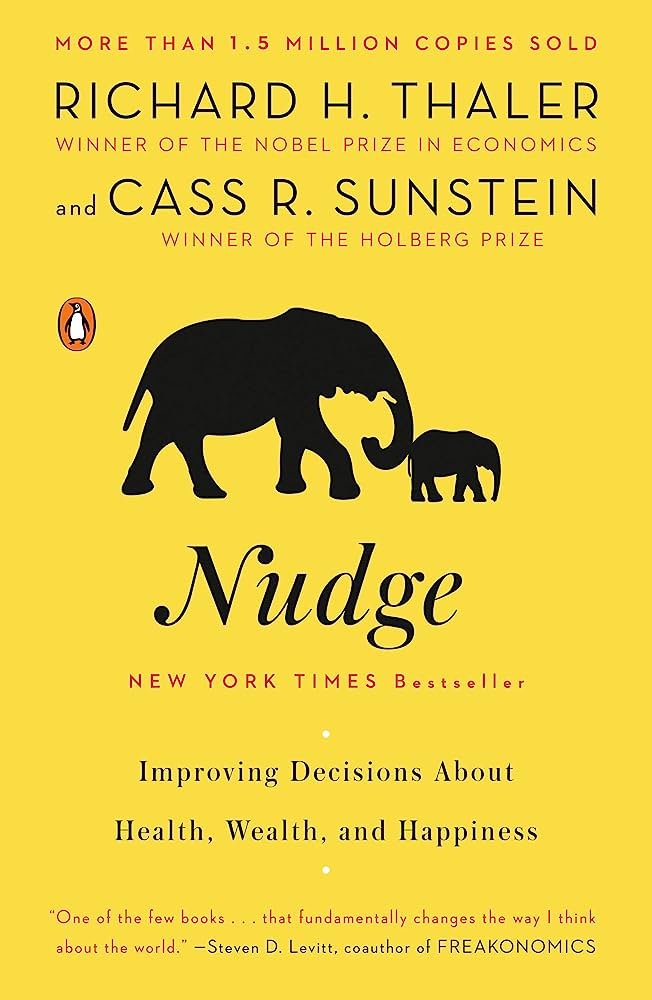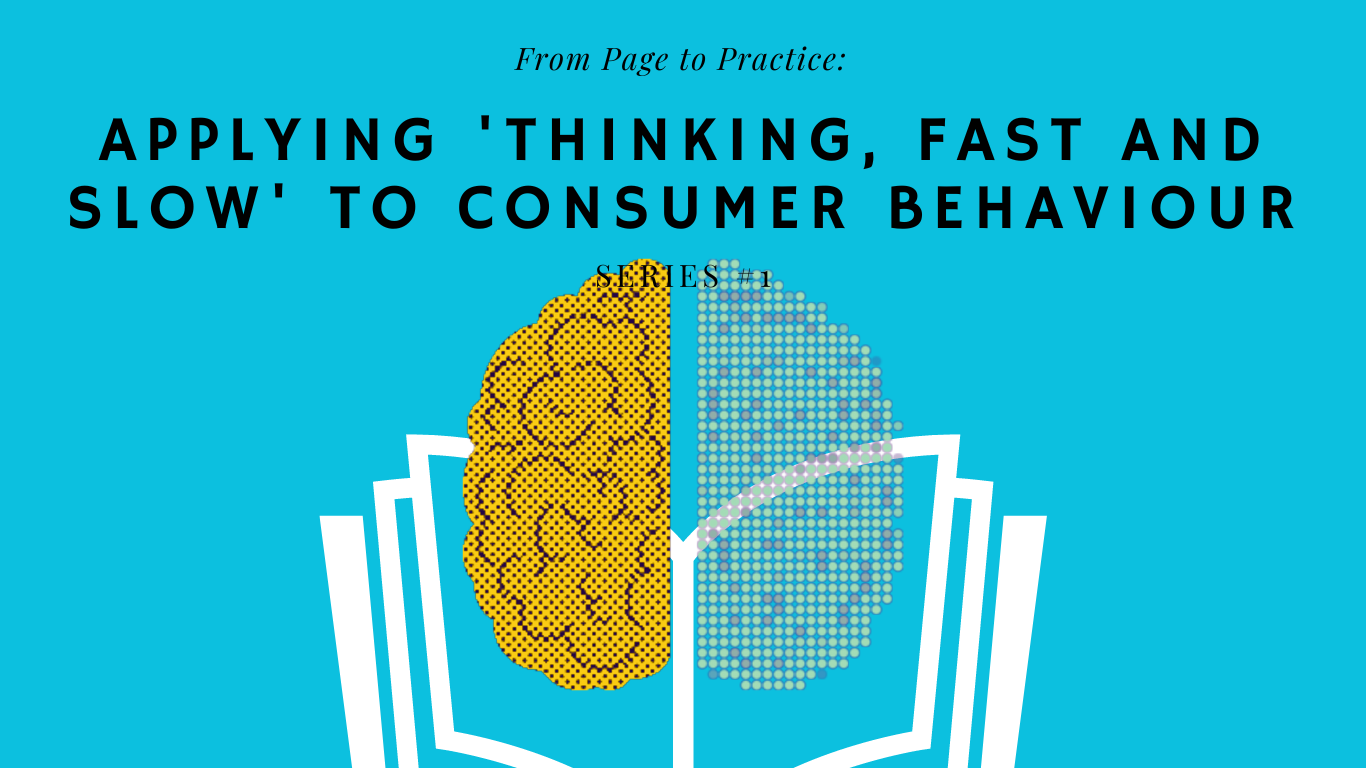From Page to Practice: The Power and Pitfalls of Applying Nudge Theory for Climate Action
The third article in the "From Page to Practice" series focuses on "Nudge," a book by Richard Thaler and Cass Sunstein. Globally, governments are establishing Nudge Units to incorporate behavioural economics into policy-making for various issues, with climate change being the most crucial yet untouched by these policies.
“We cannot solve our problems with the same thinking we used when we created them.”
The choices we make each day have a significant impact on society, the economy, and the environment. Even seemingly small choices can add up to create a defining impact on the world. One concept that explores this relationship between human behaviour and decision-making is the theory of "Nudge" presented in the book "Nudge: Improving Decisions About Health, Wealth, and Happiness" by Richard H. Thaler and Cass R. Sunstein. This theory suggests that subtle changes in the choices presented to individuals can guide them toward more beneficial decisions while still respecting their freedom of choice.
However, the most significant challenge we face as a global community is how we respond to climate change. This issue requires decisive action from individuals, communities, and nations alike. Can the insights of "Nudge" be effective in addressing climate change? This question is crucial, and exploring it could provide new perspectives and solutions to this existential fight.
Join us as we delve into the theory of "Nudge"; its real-world applications, and its potential role in combating climate change on both individual and systemic levels. This journey could furnish fresh insights and actionable solutions to our collective endeavour to combat climate change.
The Underpinnings of Nudge Theory
The idea of "Nudge" is a blend of psychology and economics that examines human behaviour and decision-making. It aligns with the principles of behavioural economics, recognizing that our choices are not always rational or optimal due to the intricacies of our cognitive processes and external factors that impact them.
Thaler and Sunstein developed the idea of "Nudge" within the framework of "libertarian paternalism," a term that combines liberty and a mild form of paternalism. The intention is not to limit choice, but to subtly nudge individuals in a direction that promotes overall welfare while preserving individual freedom.
The mechanism that enables this influence is called "choice architecture." This refers to the way decisions are presented or organized and acknowledges that the presentation and context of options significantly impact our decisions. For example, placing healthier food options at eye level in a grocery store nudges individuals towards making healthier choices while preserving their freedom to choose junk food.
Choice architecture extends beyond grocery store layouts and is present in public policy, financial planning, healthcare, and countless other contexts. The goal is to structure choices in a way that nudges people toward decisions that maximize their health, wealth, and happiness.
However, the potential applications of Nudge theory and choice architecture extend beyond these domains. One of the most pressing questions is how to use choice architecture to nudge individuals and societies towards more sustainable behaviours and practices to combat climate change. The answers to these questions carry profound implications for our collective future.
The Rise of Nudge Units and Their Implementation
The influence of "Nudge" has not been confined to the theoretical realm. In recognition of its potential to effect meaningful change, several governments have instituted dedicated "Nudge Units" to incorporate behavioural insights into public policy. These units design, implement and evaluate interventions to nudge citizens towards better decisions in various domains, from health and finance to education and the environment.
The UK was at the forefront of this movement, setting up the Behavioural Insights Team (BIT) in 2010, often referred to as the 'Nudge Unit'. The BIT, originally part of the Cabinet Office, employed principles from behavioural economics to improve public services and outcomes. One notable initiative involved altering the wording of tax reminder letters, incorporating social norms by stating that a majority of people in the area had already paid their taxes. This simple change led to a significant increase in timely tax payments, demonstrating the power of a well-placed nudge.
In the United States, the Obama administration established the Social and Behavioral Sciences Team (SBST) in 2015, drawing from the success of the UK's BIT. The SBST launched a number of successful interventions, including a program to promote service members' saving habits. By tweaking the choice architecture of the savings plan enrollment process, they managed to double the uptake rate among service members.
Similarly, other countries like Australia, Germany, and Singapore have also integrated behavioural insights into their policy-making processes, tackling issues like energy conservation, public health, and financial planning. These initiatives have underscored the global recognition of "Nudge" as a powerful tool in shaping public behaviour and decision-making.
Yet, despite these successes, the application of Nudge theory to the grand challenge of climate change remains a topic of ongoing exploration and debate. How can we use these subtle nudges to drive sustainable behaviours, practices, and policies on a scale necessary to combat climate change? The search for answers is both urgent and critical.
The Nudge-Climate Change Disconnect
The utilization of Nudge theory in the realm of climate change is, in theory, a promising proposition. By influencing individual and collective behaviours towards more sustainable practices, we could potentially steer the planet away from the brink of irreversible environmental damage. However, the reality has proven to be more complex and less straightforward.
Three principal reasons emerge when we delve into why nudging hasn't been as effective in addressing climate change as we would hope.
Abstractness: The first challenge arises from the abstract nature of climate change. Unlike immediate and tangible concerns like health or finances, climate change is often perceived as an abstract, far-off issue. Its impacts, although very real and increasingly present, are not always directly observable or personally felt by individuals, making it harder for nudges to influence behaviours effectively.
Long-Term and Distant Implications: The second issue relates to the temporal and spatial distance of climate change impacts. People tend to prioritize immediate needs and rewards over long-term benefits, a cognitive bias known as temporal discounting. Similarly, we care more about threats that are spatially close than those perceived as distant. Therefore, nudges that work well for immediate, local issues may fall short when dealing with a problem that is perceived as distant and delayed.
Complexity and Scale of the Problem: The third and perhaps the most significant challenge is the sheer complexity and scale of climate change. It's not a singular problem but a tangled web of interrelated issues, encompassing everything from energy production and transportation to agriculture and waste management. While nudges can help individuals make greener choices in these areas, they are unlikely to induce the kind of large-scale systemic changes necessary to substantially mitigate climate change.
These challenges, however, do not suggest that Nudge theory is ineffectual in the face of climate change. Instead, they highlight the need for a more nuanced understanding of how and where we can apply behavioural insights most effectively to address this global crisis. The real power of Nudge may lie not in reshaping individual behaviours but in influencing the design and implementation of systemic policies. The question then becomes: How can we adapt and expand Nudge theory to realize this potential?
The Potential of Nudge Theory in Systemic Changes
The challenges inherent in applying Nudge theory to climate change may seem daunting, but they also illuminate a new perspective on the role of nudging in this context. While individual behaviours are undoubtedly part of the equation, the climate crisis requires changes at a systemic, structural level to achieve the necessary scale of impact. Here, the power of Nudge theory can potentially shine brightly, offering a way to subtly steer policies and institutional behaviours towards more sustainable outcomes.
Consider the realm of energy use and conservation, a significant contributor to global greenhouse gas emissions. Nudge strategies could influence the design of policy measures, such as default options for renewable energy sources in electricity contracts. For example, if renewable energy is the pre-set choice, more consumers might stick with this option, contributing to a more significant aggregate reduction in carbon emissions. It is a subtle push, a nudge, at a systemic level with the potential for substantial impact.
Another area where Nudge theory could exert influence is the design and implementation of carbon pricing mechanisms, such as cap-and-trade systems or carbon taxes. The choice architecture of these systems, including how allowances are allocated or how revenue is used, can significantly affect their acceptance and effectiveness. Nudging policymakers towards designs that are both economically efficient and socially equitable could enhance the success of these critical climate policy tools.
Similarly, within the corporate sector, Nudge theory could inform the structure of environmental regulations and corporate reporting requirements, encouraging businesses to prioritize sustainability in their operations. For instance, making it a default requirement for companies to disclose their carbon footprints could nudge them towards adopting greener practices.
In essence, while the complexity, abstractness, and long-term nature of climate change may dampen the impact of nudges at the individual level, these same characteristics highlight the potential of Nudge theory to instigate meaningful systemic changes. By shifting the focus of nudging from individuals to institutions and systems, we can harness the power of behavioural insights to drive the large-scale transformations necessary to address climate change effectively.
However, realizing this potential requires a conscious and deliberate expansion of the Nudge framework. Policymakers, behavioural scientists, and environmental advocates must collaborate to explore and implement innovative strategies that blend behavioural insights with the principles of effective climate policy. In this endeavour, there are certain concrete actions that we can undertake, offering a promising start to this critical journey.
Actionable Climate Change Solutions: The Way Forward?
The potential of Nudge theory to influence systemic change presents a powerful tool in our fight against climate change. As we reorient our approach to nudging from individuals to systems, several concrete steps offer promising paths forward:
Implement Default Options in Energy Systems: As mentioned earlier, the design of default options in energy contracts can influence the scale of renewable energy adoption. Policymakers should collaborate with utility providers to make renewable energy the default choice. This intervention could nudge a large number of households and businesses towards using green energy, leading to significant aggregate reductions in carbon emissions. Germany, for instance, has had success with a similar strategy, where default options in some regions have led to a substantial increase in renewable energy subscribers.
"Renewable energy should be the default, not the exception." - Caroline Lucas, Green Party MP in the UK and a vocal advocate for Default Option policies
Revamp Carbon Pricing Mechanisms: Policymakers should strive to refine the design of carbon pricing mechanisms, keeping in mind behavioural insights. For instance, when implementing a carbon tax, revenues could be returned to citizens through rebates, a strategy known as "revenue recycling." This would not only offset any potential financial burden on households but also create a positive association with the carbon tax, thereby increasing public support. British Columbia's carbon tax, which includes a revenue-recycling provision, is an excellent example of such a successful program.
Introduce Green Defaults in Corporate Regulations: Regulatory authorities could nudge businesses towards sustainability by incorporating green defaults into regulations and reporting requirements. For instance, they could make it a default requirement for companies to disclose their environmental impact or to adhere to certain green practices. This could prompt businesses to mitigate their environmental footprint proactively, contributing to substantial emissions reductions. The Task Force on Climate-related Financial Disclosures (TCFD), an initiative that encourages companies to voluntarily disclose their climate risks, could serve as a model for mandatory reporting frameworks.
These proposed actions represent just the beginning. Effectively addressing climate change requires continued innovation, exploration, and adaptation. By expanding the application of Nudge theory to influence systemic changes, we can steer policies, institutions, and systems towards more sustainable trajectories, providing a powerful tool in our fight against climate change. We can all contribute to this transformative journey, as informed citizens, responsible consumers, and active participants in the global effort to secure our collective future.
The Challenges of Nudge Theory: Oversimplification and Larger Systemic Influences
While the use of Nudge theory in the battle against climate change holds promise, particularly when directed at larger systemic changes, two key criticisms need to be addressed: the risk of oversimplifying choice architecture and neglecting the influence of larger systems.
Oversimplification of Choice Architecture: Critics argue that Nudge theory might oversimplify the complex processes that underlie decision-making. They point out that choices, especially those related to complex issues like climate change, are often influenced by a multitude of factors, including personal values, socio-cultural influences, and economic circumstances. These factors often interact in intricate ways that are not fully accounted for in the basic 'nudge' concept. For instance, making renewable energy the default option in an electricity contract might not be effective if renewable energy is significantly more expensive, or if people’s attitudes towards renewable energy are fundamentally negative.
Thus, when designing nudges, policymakers need to avoid an overly simplistic understanding of choice architecture. They should consider a broader set of influences and their complex interactions, designing nudges that not only guide decisions in more sustainable directions but also address the root causes of unsustainable behaviours. This might involve, for example, complementing a nudge towards renewable energy with education campaigns to shift attitudes or with financial incentives to offset cost differences.
Neglecting the Influence of Larger Systems: Another criticism is that the emphasis on choice architecture could divert attention from the influence of larger systemic factors on individual and collective behaviours. Indeed, while nudges can help guide decisions toward more sustainable outcomes, they cannot address the broader social, economic, and political structures that often drive unsustainable practices.
For example, individual choices about transportation are not just a matter of personal preference but also depend on the available infrastructure, public transport systems, and urban planning policies. Without changes in these larger systems, nudges to promote public transport use or cycling may have limited impact. This point underscores the importance of not only shifting the focus of nudges from individuals to systems, as we discussed earlier but also of making systemic changes beyond the scope of nudges.
Implementing nudges should not preclude or replace efforts to reform the larger systems that shape our behaviours and decision-making processes. Instead, nudges should be seen as one tool in a comprehensive policy toolkit, to be used in combination with other strategies that address these broader systemic factors.
In light of these criticisms, any application of Nudge theory to combat climate change must be approached with a nuanced understanding of decision-making processes and an awareness of the broader systems that shape our choices. Policymakers must not fall into the trap of oversimplifying choice architecture or neglecting larger systemic influences. By tackling these challenges head-on, we can truly harness the power of behavioural insights to contribute to the systemic transformations necessary to combat climate change.
Conclusion
In our battle against climate change, the expansion of Nudge theory to influence systemic changes offers an innovative and promising approach. While nudges at the individual level face limitations due to the complex nature of climate change, their application at a systemic level can drive large-scale transformations. Through the strategic implementation of green defaults in energy systems, the refinement of carbon pricing mechanisms, and the introduction of sustainability-driven corporate regulations, we can harness behavioural insights to reshape our policies, institutions, and systems. It is our collective responsibility as informed citizens and policymakers to explore and employ these tools, ensuring that we chart a sustainable trajectory for our planet's future.
Want to share your thoughts? Feel free to share them in the comments section below or on social media.








Explore the challenges and promise of Nudge Theory in climate action with our latest article, 'From Page to Practice: The Power and Pitfalls of Applying Nudge Theory for Climate Action.' We delve into how the simplification of choice architecture and neglect of larger systemic influences can impact the effectiveness of nudges. However, by acknowledging these criticisms and strategically directing nudges at the systemic level, we can potentially drive large-scale transformations in our fight against climate change.